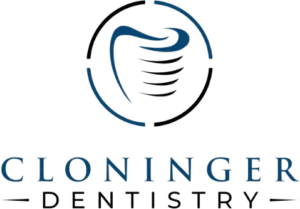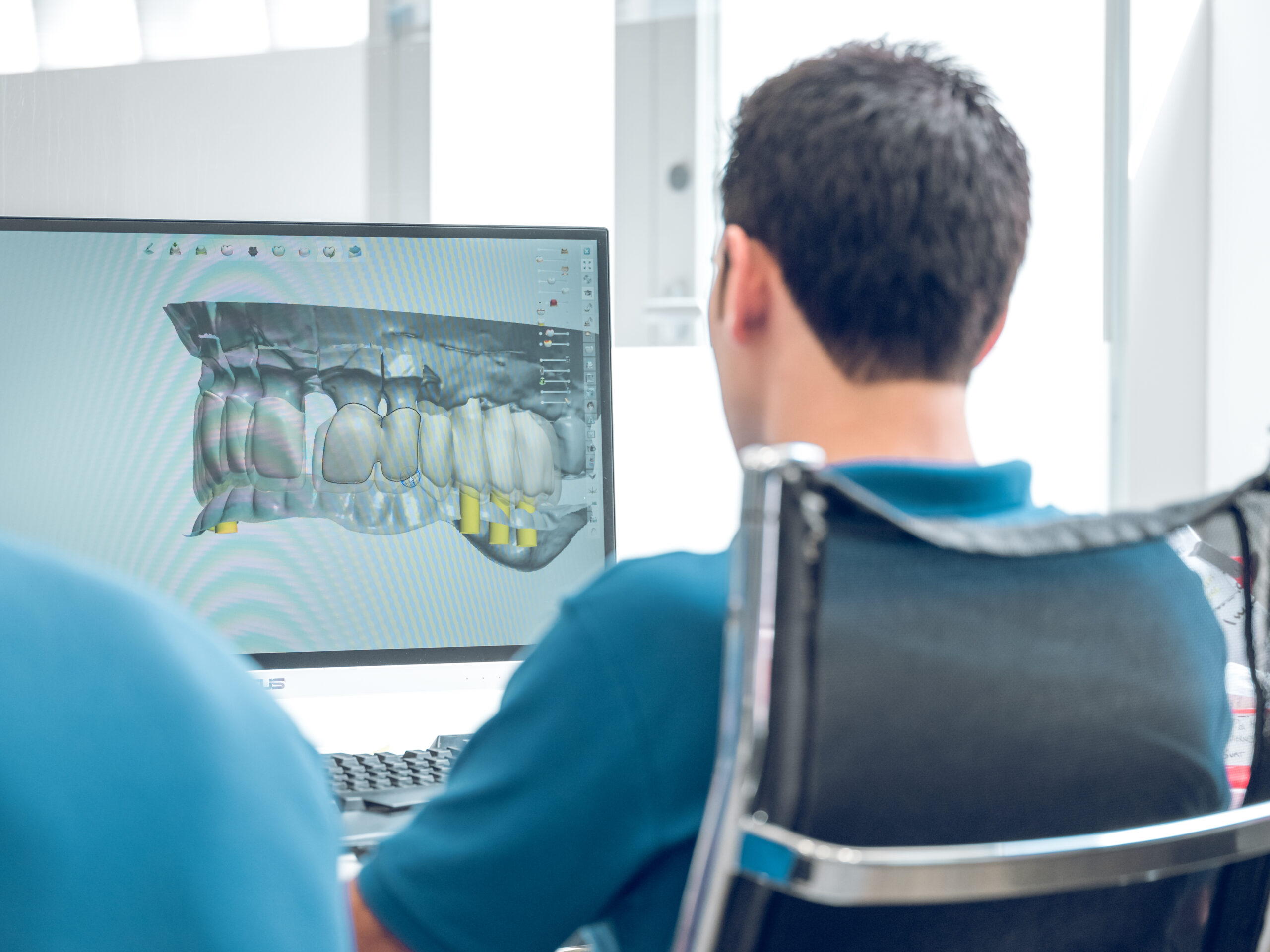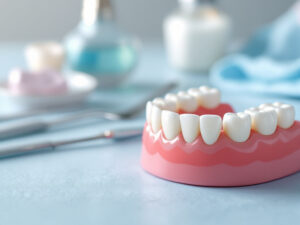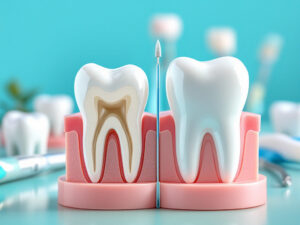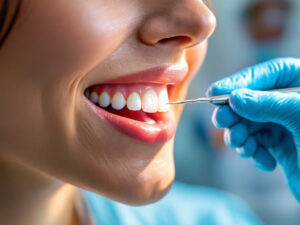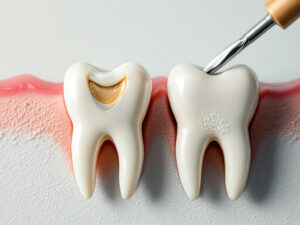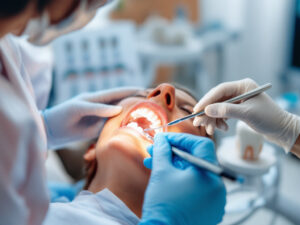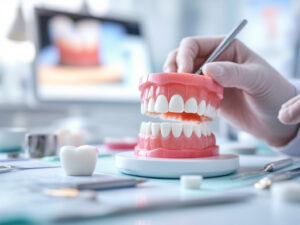Discover 3d imaging power
When you consider the future of comprehensive family and cosmetic dental care, you may wonder how technology advances can improve your experience. One innovation that genuinely elevates your oral health journey is 3d imaging dental diagnostics. This new level of precision allows your dentist to unveil potential issues that might otherwise go unnoticed, ensuring you receive the support necessary for lasting recovery from common problems like cavities, gum disease, or damaged teeth. By capturing three-dimensional views, your dentist gains a fuller picture of the structures that lie beneath the surface, leading to more targeted and successful treatments.
3D imaging goes beyond just offering a better perspective. It brings a unique blend of reassurance and efficiency to your appointments. If you have ever delayed a visit due to fear or uncertainty, knowing your diagnostics will be more accurate and less invasive could help you feel more at ease. Modern technology not only provides crystal-clear images but also can help reduce radiation exposure compared to older, traditional methods. For you or your loved ones, this is excellent news, as it ensures a safer approach to diagnosing everything from tooth decay to orthodontic needs. Furthermore, it underscores how progressive practices such as Cloninger Dentistry use technology to deepen patient trust and enhance care quality.
How it transforms dental diagnostics
Before the advent of digital imaging, traditional X-rays often provided limited information. You would receive two-dimensional images on film, and sometimes angles or distances made it challenging to pinpoint hidden issues. Today, you can benefit from digital radiography and cone beam computed tomography (CBCT), which both deliver far more detailed readings. Research indicates that digital X-rays, in particular, can reduce exposure by up to 70 percent compared to traditional film-based methods (Lifeway Dental Boca). Taking things a step further, CBCT captures a 3D representation of your entire mouth and its adjacent structures, allowing your dentist to evaluate your jaw, nerves, or sinus positions from multiple angles.
Furthermore, 3D imaging is especially helpful when you need comprehensive planning for procedures like tooth extraction service or root canal therapy. Instead of relying on a single flat image, your dental team visualizes every contour, ensuring they access the right angle and depth. This streamlined diagnostic approach gives you confidence in the final outcome, especially when the procedure is more invasive.
Why 3d imaging leads to precise care
One of the most significant advantages of 3D imaging is precision. Whether you are addressing minor cavities or looking to rebuild a damaged tooth with dental crown placement, clarity is essential. When the dentist sees a panoramic, three-dimensional view, they can better identify hidden fractures, inflammation in the bone, or even the early stages of gum disease. Because 3D imaging can be enlarged and manipulated to highlight certain areas, small issues are easier to spot and address quickly.
Precision also means shorter appointments and clearer communication. With high-definition visuals, you and your dentist can discuss exactly where a problem lies and the recommended solution. This level of transparency helps build trust and alleviates common anxieties around dental procedures. And while you are in the office for a professional teeth cleaning or a routine dental checkup, capturing 3D images ensures that no region of your mouth is overlooked. When combined with other diagnostics, like an intraoral camera examination, your dental visit can be both proactive and efficient.
Compare 2d and 3d approaches
3D imaging has become an advanced extension of traditional radiography. You might wonder how it compares specifically to 2D pictures, and why making the shift can be beneficial for you or a loved one. While digital 2D radiography has benefits over older film-based X-rays, 3D introduces a whole new dimension (literally and figuratively) to your care.
Radiation and safety insights
Radiation exposure is often a top concern. You may worry if additional dimensions require additional risk. The reality is quite the opposite. Numerous studies confirm that 3D imaging, particularly CBCT designed for dental work, emits significantly lower radiation compared to conventional CT scans used in hospitals. According to research, cone beam devices can emit around 15 times less radiation than a standard CT, making them substantially safer for most individuals (NCBI). Additionally, digital sensors in advanced 2D or 3D machines are more sensitive, requiring less exposure time. This technique helps safeguard you, your family, and the dental staff.
Beyond just radiation levels, you also benefit from a simpler procedure overall. Newer imaging systems often operate quickly, capturing a complete view in seconds. It spares you the additional discomfort sometimes associated with taking multiple X-rays, which is especially reassuring if you need to have frequent diagnostics. In a family dental clinic setting, these minimized exposures offer peace of mind for children and older adults.
Diagnostic capabilities and scope
2D imaging offers a general insight into your teeth’ alignment, bone levels, and possible cavities. Yet it can be limited if you have complex cases such as impacted teeth, jaw misalignments, or the need for advanced treatment plans. By contrast, 3D imaging brings even subtle complications into sharper focus. Whether you have a hidden infection, a cyst near the jawline, or an unusual root canal shape, three-dimensional views reduce guesswork.
This higher level of detail results in more tailored solutions. For instance, if you are exploring orthodontic adjustments or require an assessment of sinuses for implant placement, 3D images present your facial anatomy from various angles. As a result, your dentist can create a more precise plan, so your procedure fits your unique anatomy. This can prove especially helpful if you are considering treatments like gum disease treatment. Pinpointing abnormal pockets or inflammation with 3D imaging facilitates early, targeted intervention, reducing the chance of complications.
Enhance your preventive routine
Many people think of 3D imaging as something reserved for major surgeries or implants, but it also plays a robust role in everyday preventive care. Whether you are scheduling periodic cleanings or concerned about early tooth decay, imaging technology can give you the confidence that your dentist will catch any emerging issues sooner rather than later.
Spot potential issues early
Early detection is essential in preventing minor problems from escalating into painful conditions that require time-consuming or costly procedures. Through 3D imaging, your dentist can detect hairline cracks, tiny pockets of decay, or the beginnings of periodontal damage. Seeing more detail than 2D X-rays is the key to protecting your oral health over the long run.
For example, if you or a loved one has persistent sensitivity, advanced imaging might reveal an underlying issue like structural damage or a developing abscess. Your doctor can then recommend treatments, such as a painless cavity filling, tooth sensitivity treatment, or even early intervention for a potential root canal. By intervening at the earliest signs of trouble, you can potentially prevent bigger interventions like a surgical tooth extraction.
Save time and reduce costs
Beyond the health benefits, spot-on diagnostics translate into time and cost savings. Identifying a problem before it grows, then planning a precise treatment, can prevent multiple visits for follow-up or corrections. According to some dental experts, the enhanced detail in 3D images can reduce instances of misdiagnosis or incomplete care. That means fewer surprises and a faster path to addressing all your oral health concerns.
You might find that some of the more significant savings occur if you can avoid a more invasive treatment. Early detection of cavities or gum problems, for instance, can save you from needing surgical interventions such as a major gum reconstruction or lengthy procedures like a multi-step root canal. Combined with routine visits and consistent home care, 3D imaging becomes another crucial layer in maintaining a healthy smile and avoiding unexpected bills.
Embrace advanced restorative treatments
While 3D imaging is incredibly valuable in preventive scenarios, it truly shines when it comes to restorative and cosmetic treatments. Precise imaging can confirm you are a good candidate and also guide your dentist during the actual procedure. If you are considering any form of tooth replacement, cosmetic adjustment, or surgical intervention, seeing below the surface helps ensure the best results.
Boost confidence in procedures
When you need a crown, a bridge, or a dental implant, it is normal to feel anxious. You want to know whether you can trust the process, the materials, and the final outcome. At Cloninger Dentistry, using advanced diagnostics reassures you that every step is carefully planned. For instance, if you are missing a tooth and are looking into a dental bridge placement or snap in denture service, a 3D scan shows the condition of your remaining bone and neighboring teeth. This ensures that the shape, placement, and materials selected suit your oral structures.
Similarly, if you are exploring a cosmetic enhancement, like reshaping or porcelain crown service, high-resolution images help your dentist map out the procedure. With an accurate blueprint of your teeth and jaw, they can tailor the porcelain layers or shade matching to give you a natural-looking outcome. The sense of security that comes from understanding precisely how your dentist will approach treatment helps calm nerves and sets realistic expectations.
Improve implant planning and more
Dental implants require careful consideration of bone density, nerve pathways, and sinus proximity. While 2D X-rays provide some context, they do not compare to the layered insights you gain from 3D imaging. With cone beam scans, your dentist can measure how much bone is available, choose the optimal angle and depth for implant insertion, and accurately plan for abutment and crown placement. According to one study, 3D scans can reveal hidden areas that might be missed with standard imaging, effectively minimizing surgical risks (Danner Dental).
Implant success often hinges on correct positioning. Even small deviations, like a few millimeters off center, can increase healing time or affect nerve tissues. Fortunately, CBCT machines allow your dentist to visualize the shape of your jaw in a volumetric view. This leads to fewer surprises during surgery, less guesswork, and a reduced likelihood of complications. As a result, you can look forward to efficient implant placements that feel comfortable and look natural.
3D imaging does more than help with implants. If you need a more complex procedure like a surgical tooth extraction for an impacted wisdom tooth, advanced scans guide your dentist on how the roots curve and where the nerves lie. And if you want to rebuild your smile using dentures, 3D imaging can clarify how to achieve the best fit through full denture fabrication, improving comfort and function.
Choose Cloninger Dentistry today
Picking the right dental provider can significantly influence your oral health outcomes. At Cloninger Dentistry, you are choosing a team that strives to stay at the forefront of technology, including top-tier 3D imaging equipment. This dedication to innovation is all about ensuring you and your loved ones receive the personalized care you deserve.
Your one-stop dental provider
Expertise goes hand in hand with technology. Cloninger Dentistry offers a broad spectrum of services, from pediatric dental care and preventative measures like fluoride treatment to more involved procedures such as tooth extraction service or dental infection treatment. By integrating advanced imaging in these services, the team can make well-informed decisions about your oral health each step of the way.
Whether you are coming in for your first new patient dental exam or returning for a periodontal maintenance cleaning, you can expect consistency in the level of detail. Your dentist will use these enhanced views as a standard part of your evaluation. The result is a full-breadth approach to care that emphasizes early detection, prevention, and effective treatment for issues that arise.
Tailored services for every need
Your oral health journey is unique. Maybe you only need a routine prophylaxis session and a quick tooth sensitivity treatment. Or perhaps you require a more intricate procedure such as a custom denture fitting. In any case, Cloninger Dentistry creates individualized plans that address your specific concerns. That might mean scheduling a targeted exam with 3D imaging to clarify if you have an underlying infection or a structural issue.
The breadth of the services also extends to emergency needs. For instance, if you break a tooth unexpectedly or lose a filling, emergency dental care is streamlined using 3D scans, ensuring repairs are accurate. By seeing all the minuscule details, the team can craft a solution on the spot, minimizing your discomfort and possibly saving the tooth.
Leading technology and comfort
While technology is essential, so is your comfort. Newer 3D imaging machines typically revolve around your head and take quick scans, which helps to minimize feelings of claustrophobia or discomfort. This efficiency allows you to spend more time discussing your treatment options with the dentist, rather than waiting around for X-ray film to develop.
Cloninger Dentistry blends that technology with a supportive environment. Dental anxiety can plague individuals, even for simple procedures. Yet with advanced imaging equipment and a caring approach, you can feel more in control. You and your loved ones can anticipate open communication that explains exactly what you see in your scans and how the plan addresses your goals. This transparency makes it easier to commit to recommended treatments, knowing they are backed by solid diagnostic data.
Financial concerns should not stand in your way either. Cloninger Dentistry provides written treatment estimate details so you know the expected cost. The practice is also an insurance friendly dental practice, helping you through the process of filing claims. If you prefer flexible payment options, flexible financing dental plans might be available to accommodate your family’s budget. This comprehensive effort to reduce obstacles fosters peace of mind.
Frequently asked questions
-
Is 3D imaging necessary for every dental exam?
Not every exam requires a 3D scan. Often, a 2D image is enough to identify common issues like basic cavities or gum inflammation. However, when more complex concerns arise or if you need a comprehensive treatment plan, 3D imaging provides vital details that help ensure accurate care. -
Will I experience more radiation with 3D scans?
3D scans typically use cone beam computed tomography (CBCT), which emits significantly lower radiation than a conventional CT scan. Additionally, digital systems are more efficient than older film-based X-rays, further reducing exposure while maintaining image clarity. -
How long does a 3D imaging procedure take?
In most cases, the scan itself takes less than a minute. The computer will then process the images, and your dentist can review them almost immediately. The entire process usually fits seamlessly into your appointment, causing minimal disruption. -
Can 3D imaging help with preventative care for kids?
Yes. Early detection is particularly critical for children whose teeth and jaws are still developing. With a 3D scan, you can catch developmental concerns, impacted teeth, or structural issues before they progress. The dentist can then recommend interventions like pediatric dental care strategies tailored to your child’s needs. -
Does 3D imaging make treatments like implants more successful?
Absolutely. By visualizing jawbone structure, nerve pathways, and surrounding anatomical details, 3D imaging helps position implants with pinpoint accuracy. This level of detail reduces complications and promotes faster healing, often resulting in higher long-term success rates.
Incorporating 3D imaging into your dental visits offers an elevated approach to diagnosis and treatment. Whether you need a routine dental checkup, an efficient broken tooth repair, or a complete restoration plan, Cloninger Dentistry ensures you benefit from the highest standard of modern dental technology. Through personalized treatment plans, minimized radiation exposure, and a friendly environment, you and your loved ones can feel confident that your oral health is in expert hands. By choosing an advanced yet compassionate practice, you are investing in a bright smile that stands the test of time.
